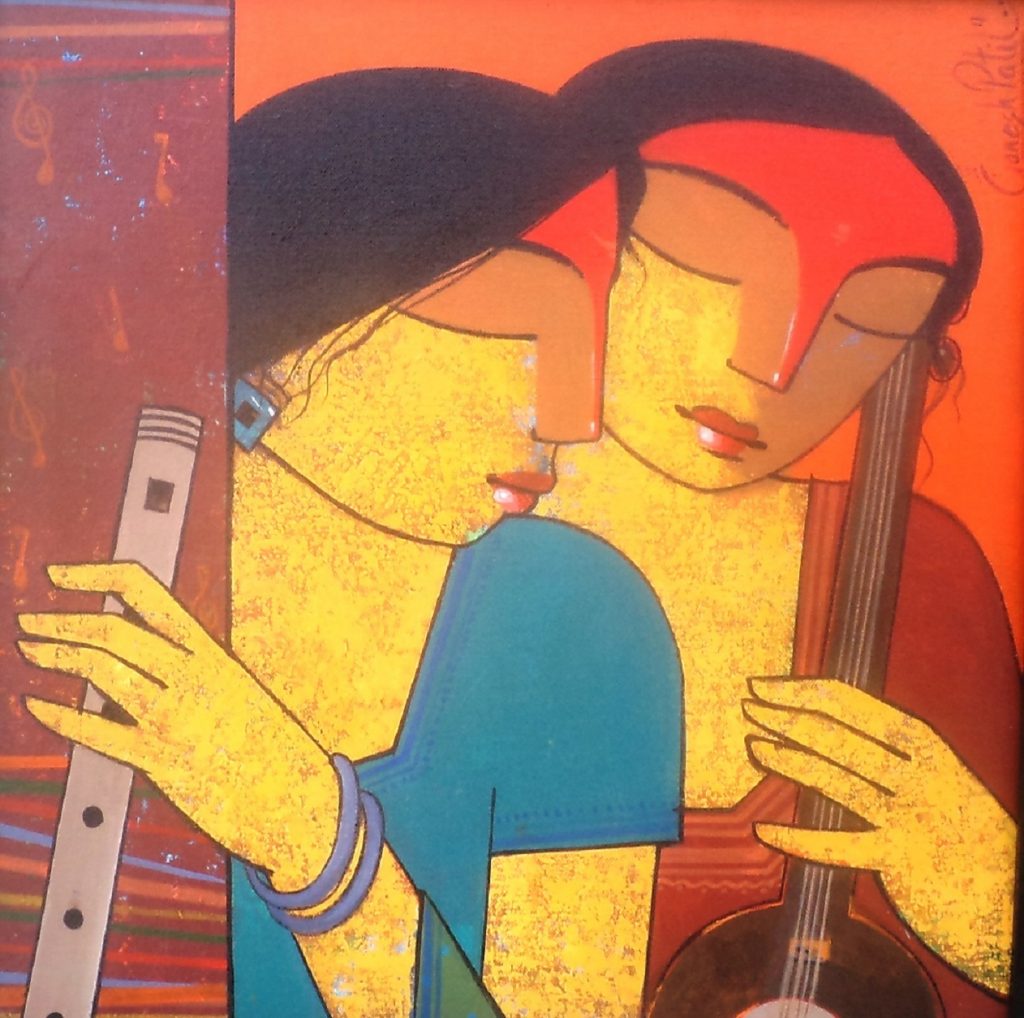Popular Forms Of Indian Paintings
If you are an art lover, you will agree with the fact that Indian art has evolved continuously through centuries. The origin of Indian art can be traced long back to the 3300 BCE. It was during the Indus Valley Civilization that ancient Indian art originated. Since then, it has come a long way in terms of techniques and tools used. It is an irrefutable fact that art and history go hand in hand as one can always learn a great deal about a country’s history by just going through the artworks and literature that were created in the particular time period. Standing true to its essence, Indian art narrates a story of a country that has witnessed foreign intrusion time and again. As a result of these intrusions, India became a confluence point of many cultures and traditions. In the past, kings and rulers supported artists and would influence their artistic aspirations. They would not buyIndianart butwould commission artists, carefully chosen from a league of extraordinary artists who belonged to far off regions of the country, to make custom paintings for them. Mughal paintings and portraits of the royals are some of the best examples of artworks commissioned by the kings. As the time progressed, the themes of Indian art diversified but its essence remained the same. The rich culture and traditions of the nation and its diversity have helped Indian art to reach the position that it enjoys in the present time.

For long, artists have been creating paintings to express themselves. In the present scenario, people buyIndianart to spruce up the aesthetical appeal of their home. To meet the expectations of modern day buyers, artists have started experimenting with their style and techniques and started creating work of contemporary art that matches the moods, disposition, and expectations of modern day art buyers. More and more young and enthusiastic art lovers are visiting art galleries to buyIndianart. Some of the types of paintings that they love to talk about, look at and buy are:
- Portraits
- Landscape Paintings
- Religious Paintings
Portraits: A portrait is a visual representation of a person from the artists’ point of view. It is basically the depiction of the face that captures the true expressions of a person. It takes the highest level of skills to replicate a human face on a canvas with an intent to recreate the mood and personality of the person whose painting is been drawn. As mentioned earlier, Indian art was sponsored by the kings, who would often commission artists to paint their life-size portraits. Mughal paintings, Rajput style, and Bengali art form have some notable works of Indian artists who created mesmerizing portraits.
Landscape Paintings: an exact depiction of scenic beauty, nature and its elements, open areas and the sky has been a subject that artists from across the globe have explored for centuries. Indian art forms such as Rajput paintings, Madhubani, Kangra and Pahari paintings are world renowned for their beautiful depiction of nature. There are countless techniques to paint a landscape and numerous tools that one can use to create such paintings. Indian artists such as J.P. Singhal, Biju, Sanjay Kamble etc. have gained worldwide recognition in the subject of landscape painting. People, who love to buy affordable Indian art, aspire to own masterpieces created by these artists.
Religious Paintings: India is a country of multiple religions. Religion like Hinduism, Buddhism, Jainism and Sikhism originated here years ago. Some Indian art forms as Mysore and Tanjore paintings are known mainly for a beautiful and intricate depiction of various gods and goddesses. Hindu deity, Lord Krishna is one of the most recurring figures in various Indian art forms. There is an Indian art style called ‘Phad’ that deals with scroll paintings of god and goddesses. These paintings are used by the Bhopas, the priests of Rajasthan, as mobile temples. Punjabi style of art also depicts the portraits of Sikh gurus.
Different types of paintings are created across the country using different techniques and styles. But all of them have something unique and mystifying. It is this mysterious nature of Indian paintings that has garnered the interest of various art collectors and enthusiasts who love to buyIndianart. Indian paintings have always been and will always continue to dominate the global art scenario.

















